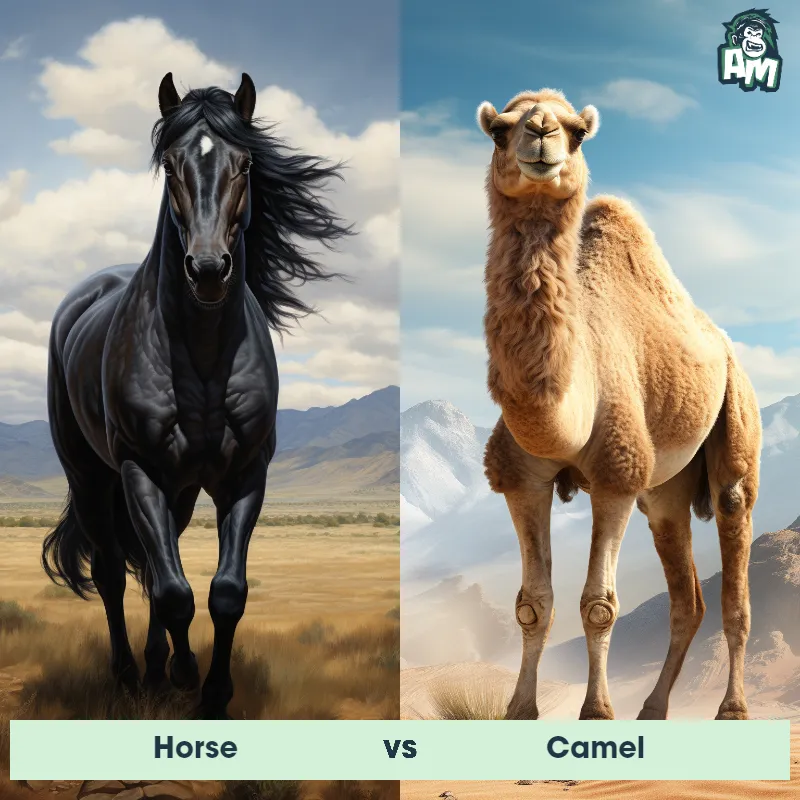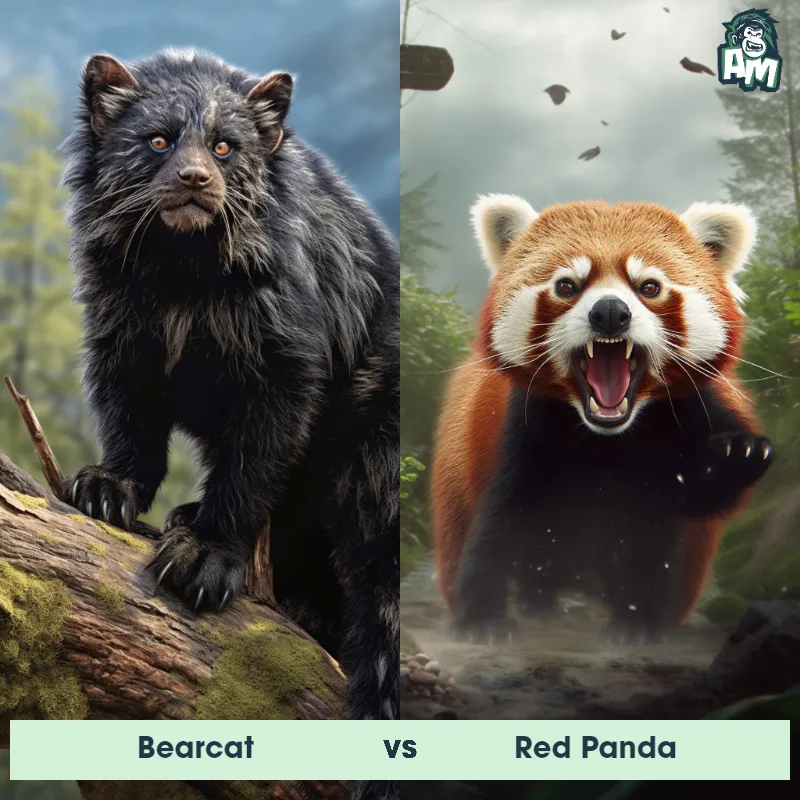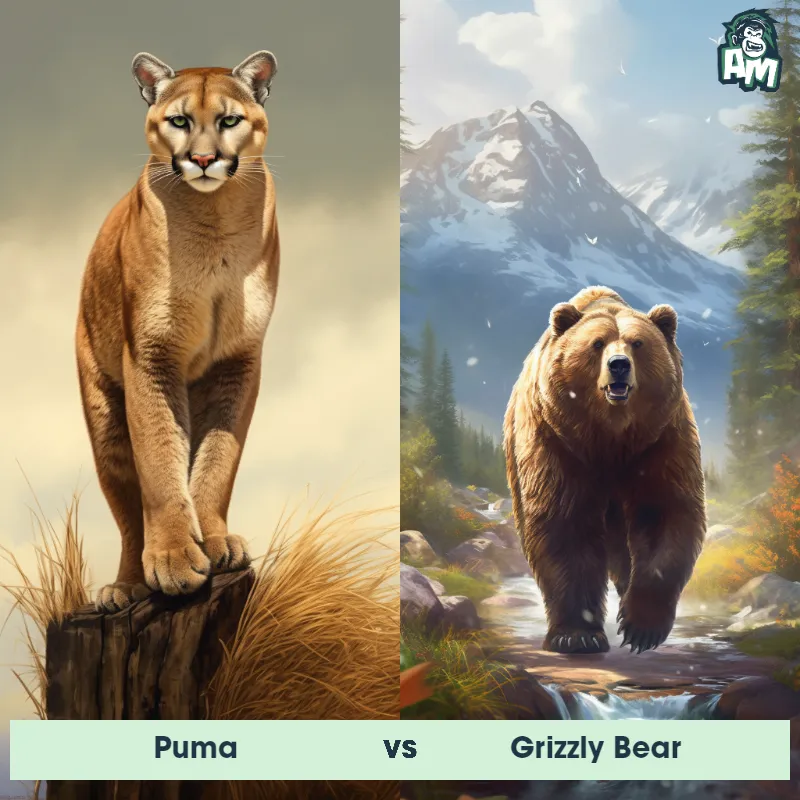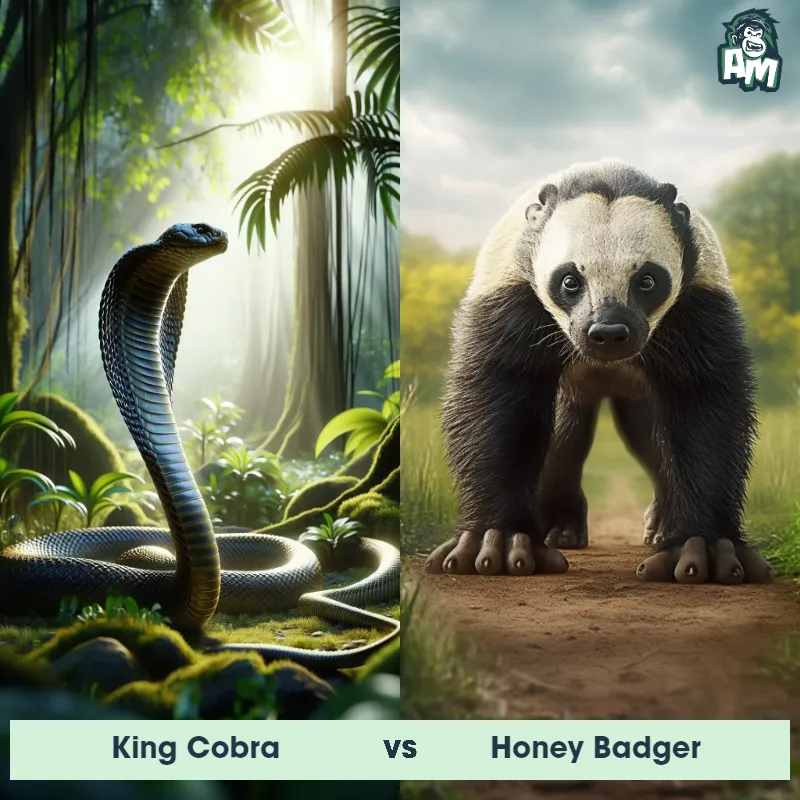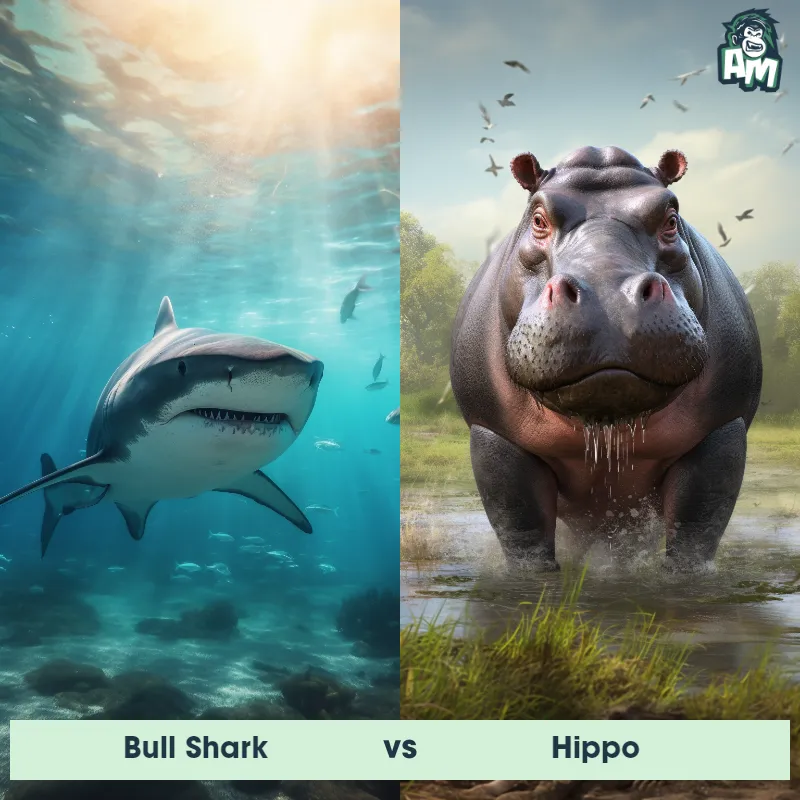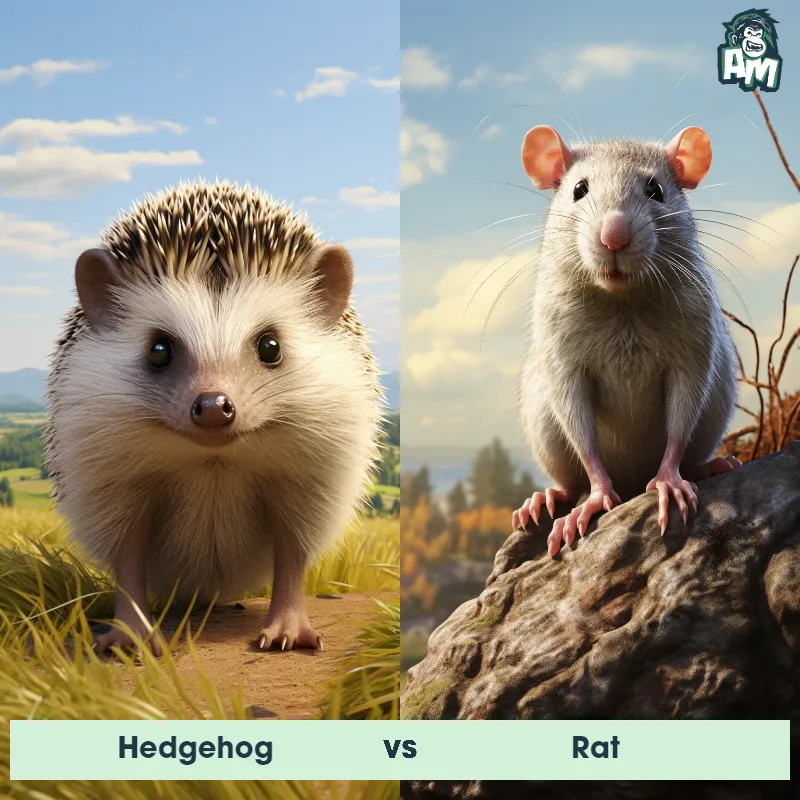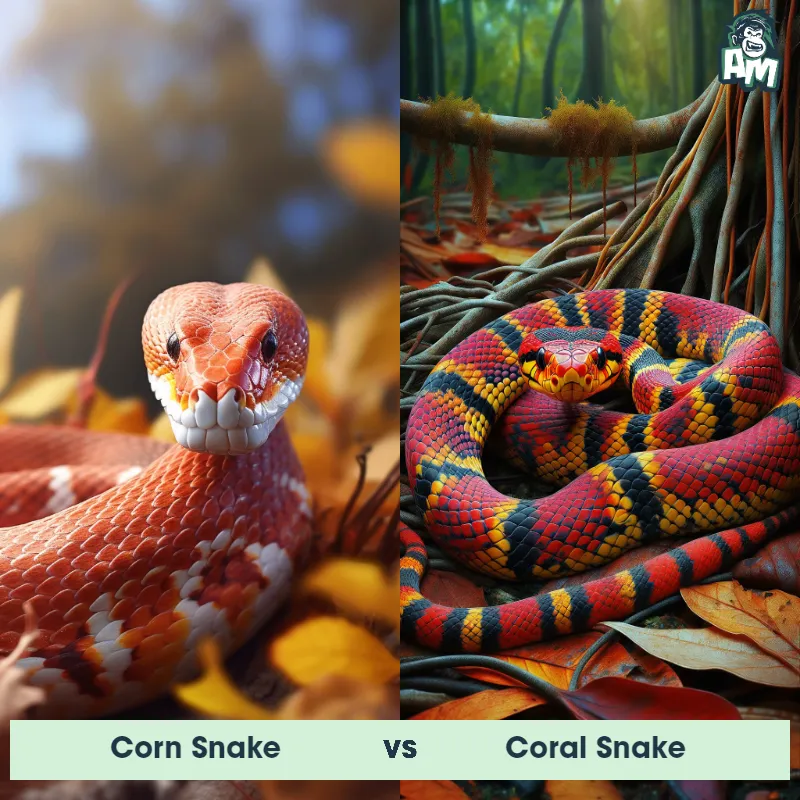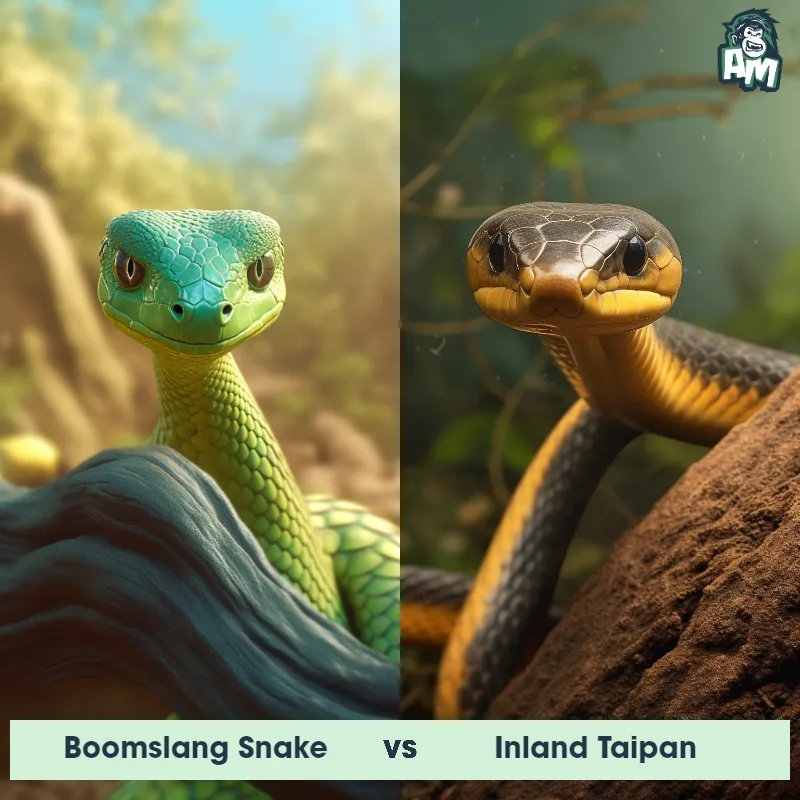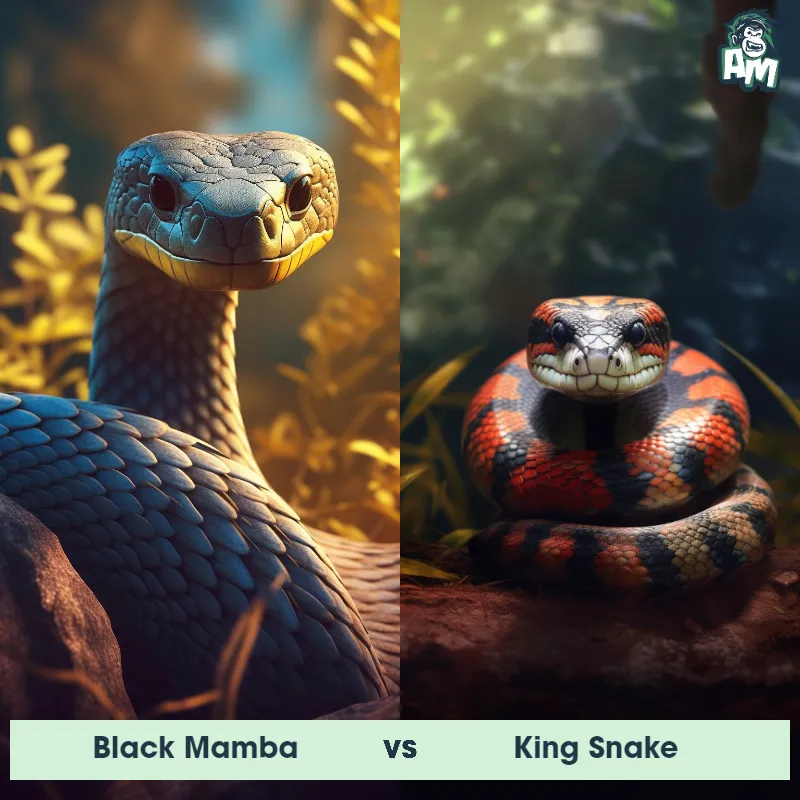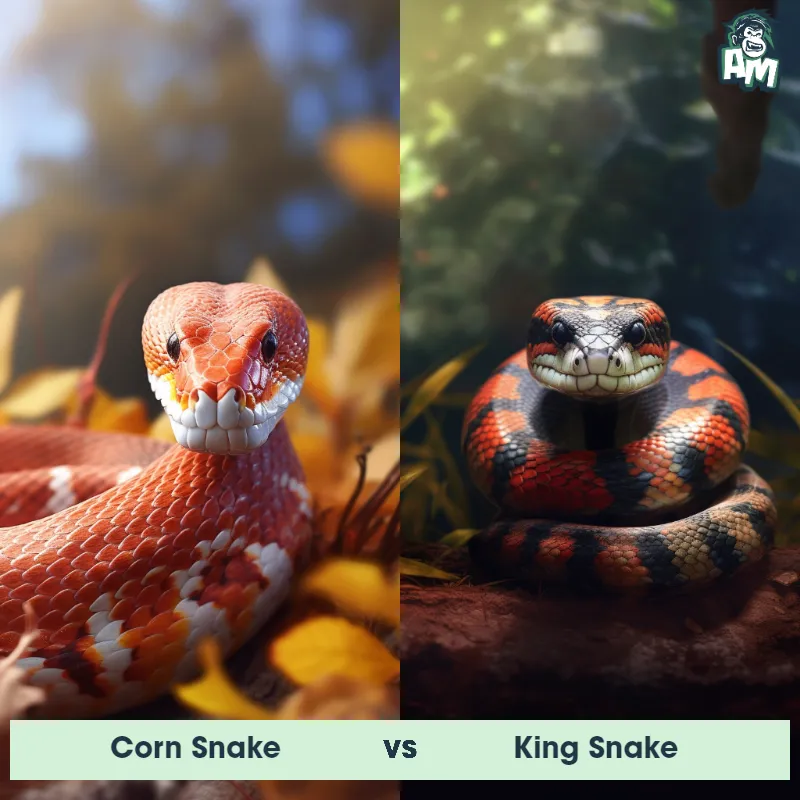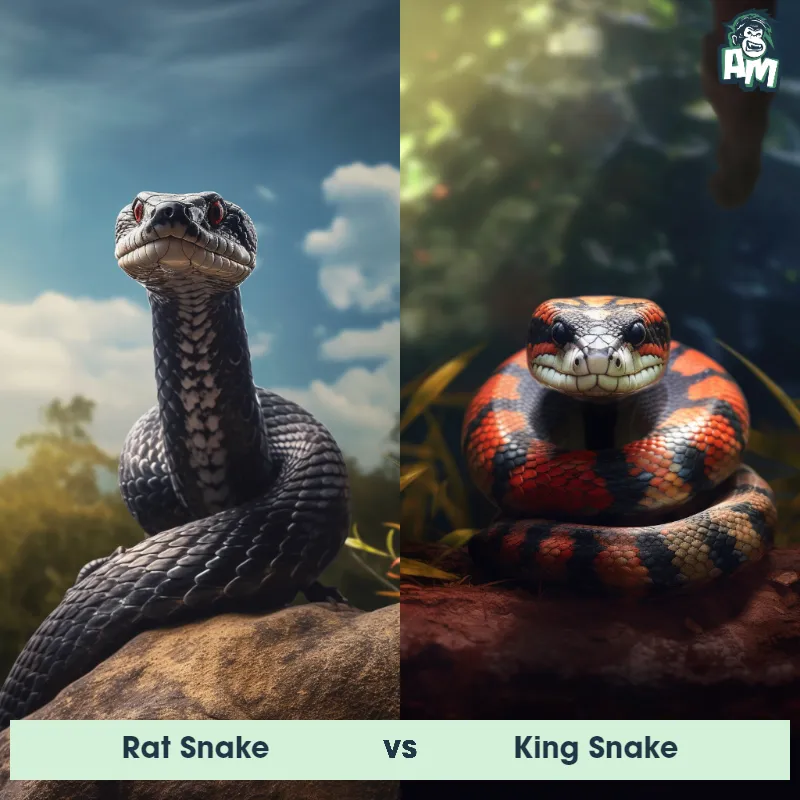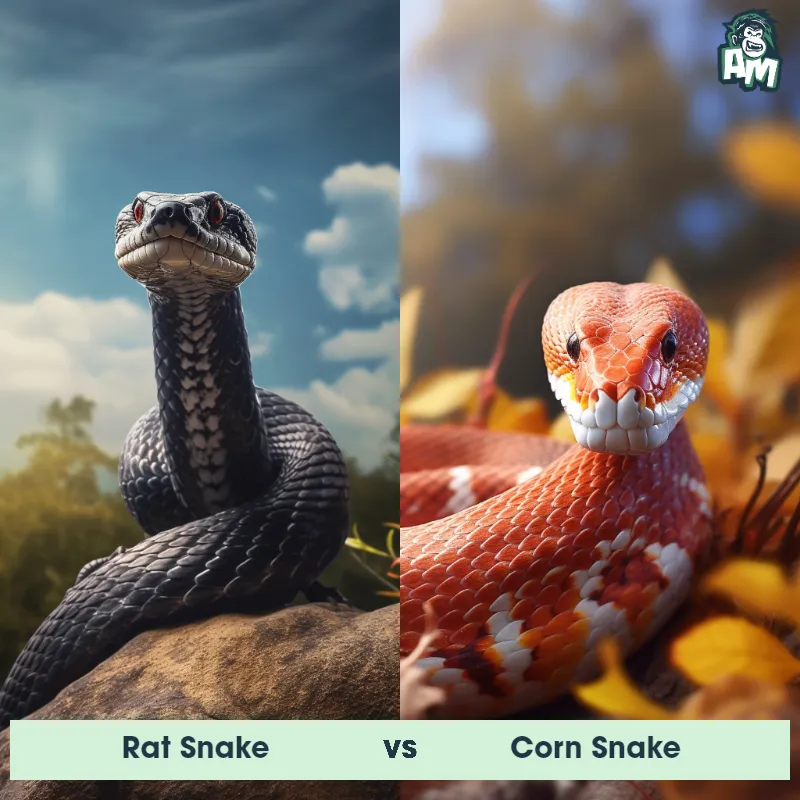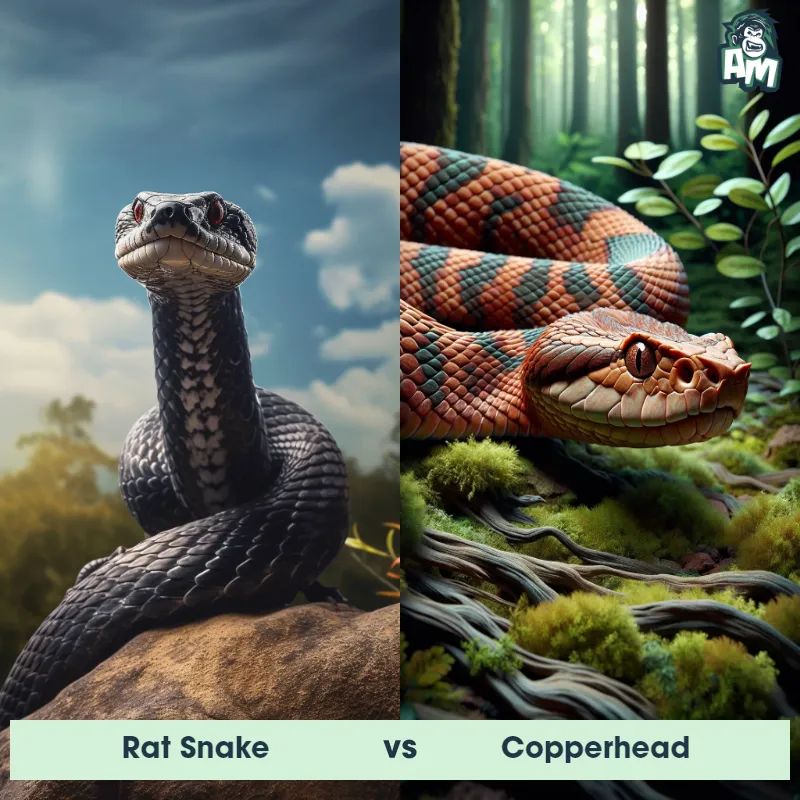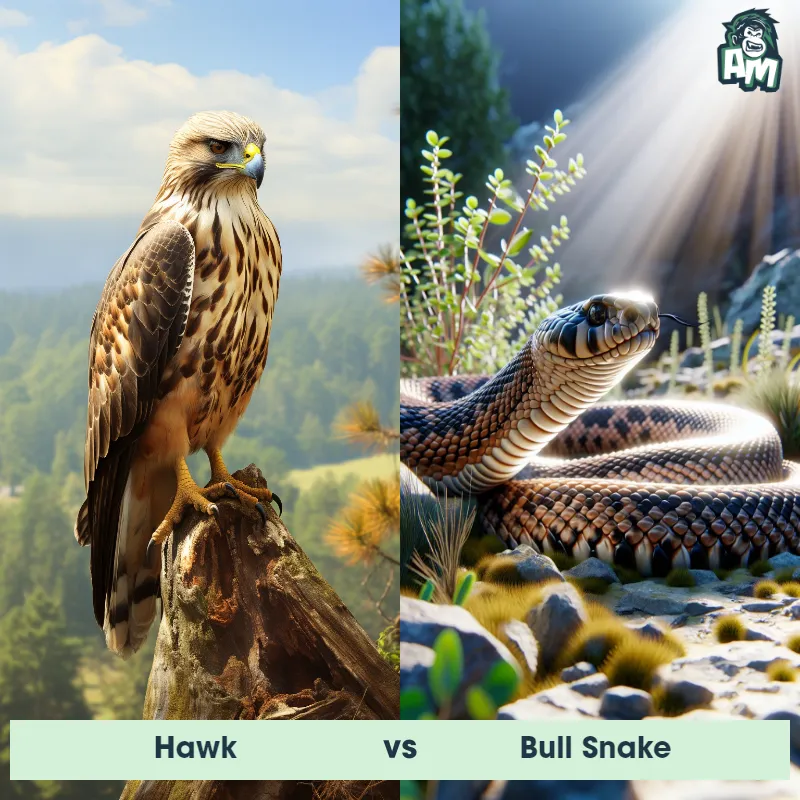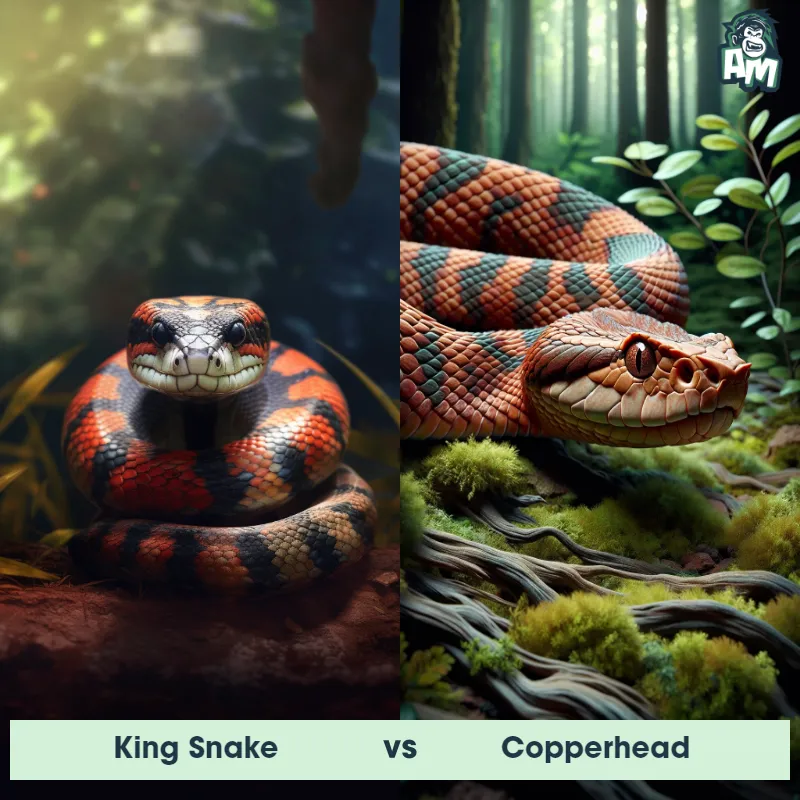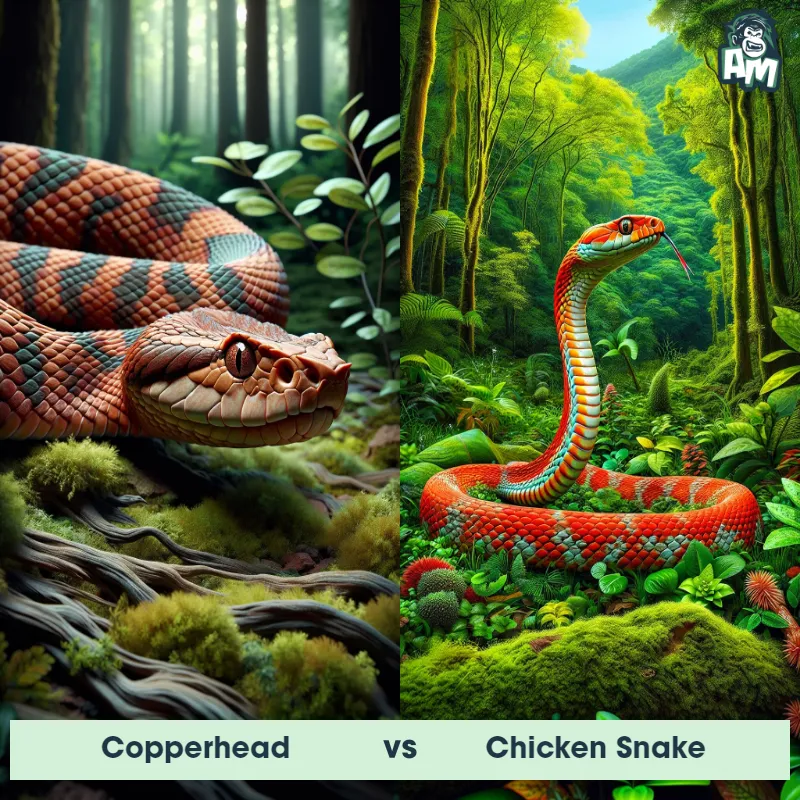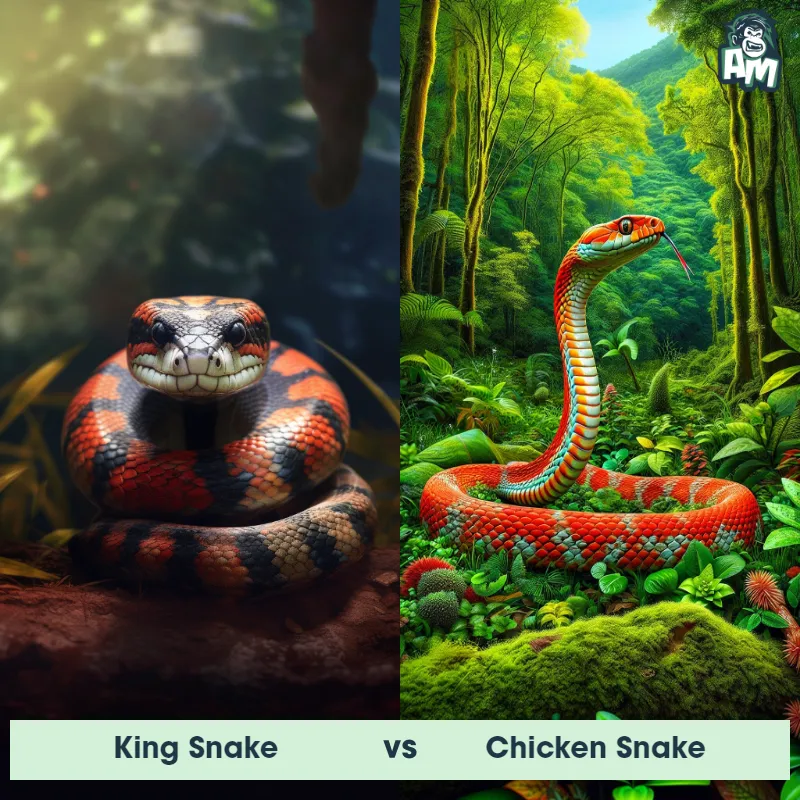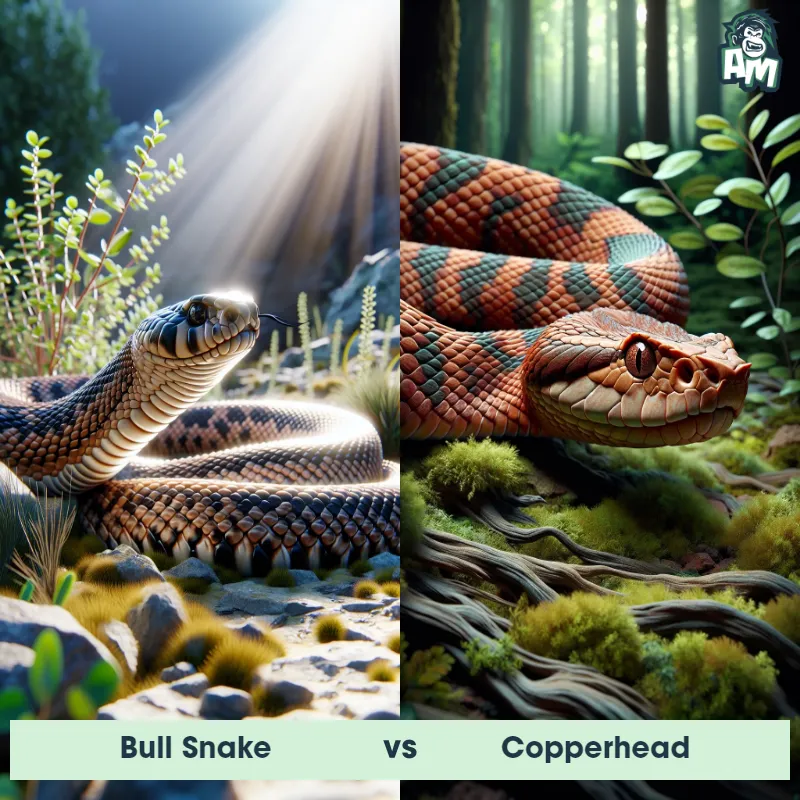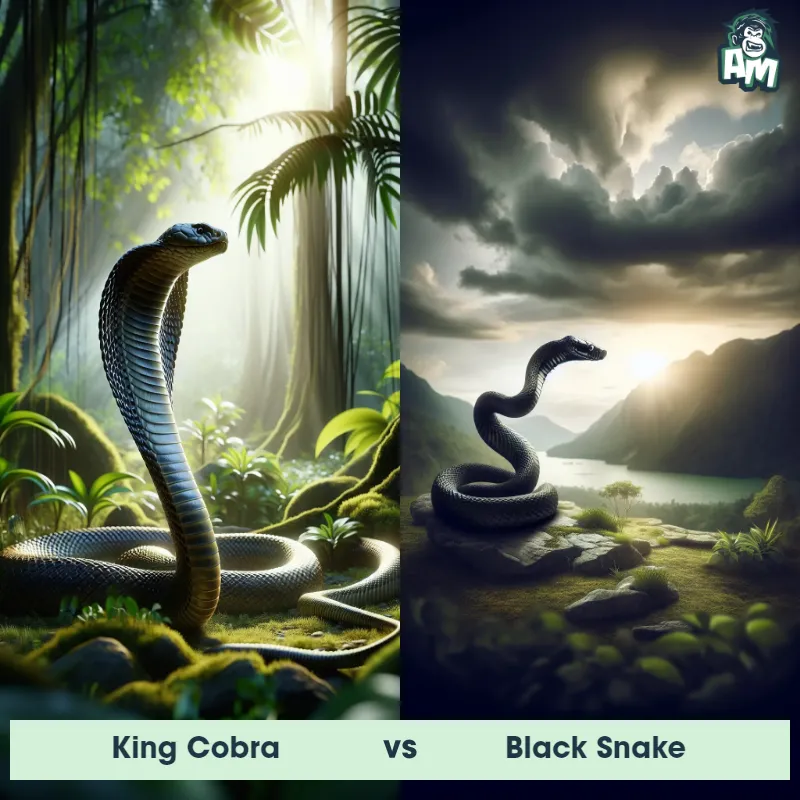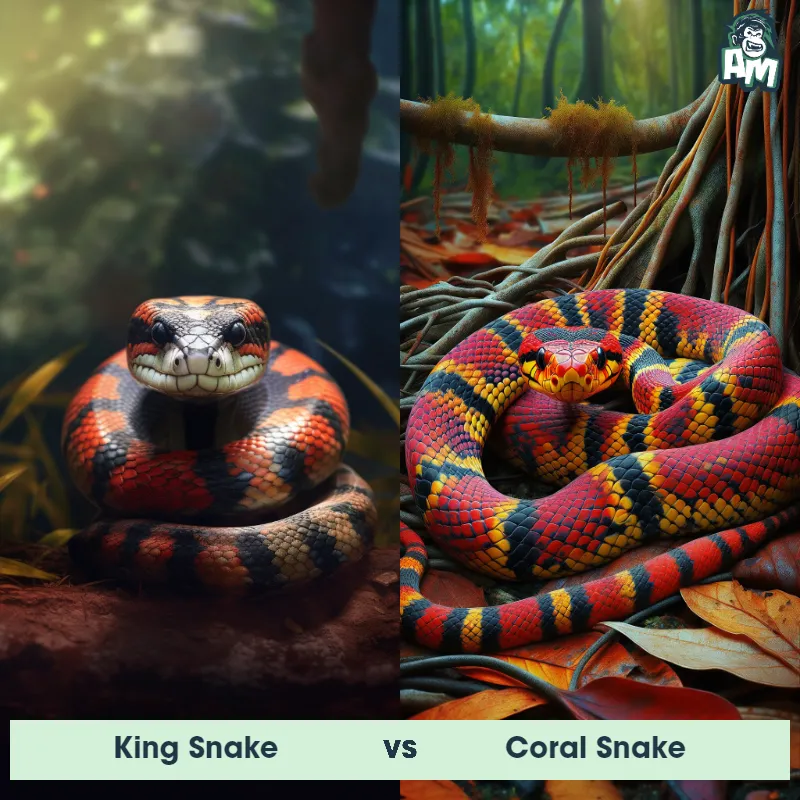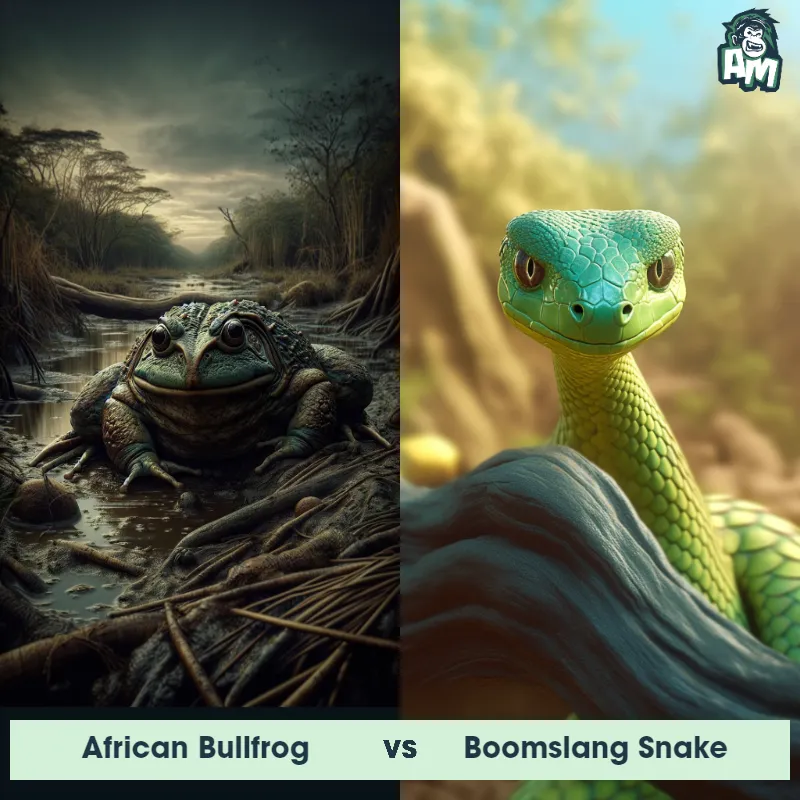King Snake vs Bull SnakeSee Who Wins

Ladies and gentlemen, welcome to this thrilling matchup between two formidable opponents! We have a King Snake squaring off against a Bull Snake, and it's bound to be an enthralling contest of strength and strategy. Both snakes are ready to showcase their skills in this three-round showdown. So, without further ado, let's get this fight underway!
Contender 1: King Snake
The King Snake, also known as the Lampropeltis, is a non-venomous snake that can be found in North and Central America. They are known for their distinctive color patterns, which can vary depending on the species. Some King Snakes have black and white stripes, while others have red and black bands. They are constrictors, meaning they kill their prey by squeezing them until they suffocate. King Snakes are also known for their immunity to the venom of other snakes, which allows them to eat venomous snakes without being harmed.
Fun Fact: King Snakes are known for their ability to mimic the appearance and behavior of venomous snakes, such as the Coral Snake. This is a defense mechanism that helps them avoid predators.
Contender 2: Bull Snake
The Bull Snake, scientifically known as Pituophis catenifer, is a nonvenomous snake species found in North America. It is known for its large size, reaching an average length of 4-6 feet, with some individuals growing up to 8 feet long. Bull Snakes have an elongated and muscular body, covered in smooth scales, which can vary in color from yellowish-brown to tan. They have a series of dark blotches or saddles along their back, with a pale yellow or white belly. The head is triangular in shape and they possess large eyes with round pupils. Bull Snakes are known for their incredible climbing abilities and are skilled at burrowing. They are opportunistic feeders, consuming a variety of prey such as rodents, birds, frogs, and lizards.
![[object Object] Gif](https://tenor.com/view/bullsnake-rattlesnake-snake-strike-hissing-mimic-gif-17072855.gif)
Fun Fact: One interesting fact about Bull Snakes is that they are excellent mimics and have the ability to imitate the sound of a rattlesnake by rapidly vibrating their tail against dry vegetation, leading potential predators to believe they are facing a venomous snake and ultimately deterring them.
Matchup Stats
| King Snake | Bull Snake | |
|---|---|---|
| Size | Up to 6 feet (1.8 meters) | 4-6 feet (1.2-1.8 meters) |
| Weight | Up to 4 pounds (1.8 kilograms) | 2-6 pounds (0.9-2.7 kilograms) |
| Speed | Speed: 4 mph (6.4 km/hr) | 8mph (13km/h) |
| Key Strength | Constriction | Constriction ability |
| Biggest Weakness | None | Lack of venom |
Current Votes
King Snake vs Bull Snake
See Who Wins
View More Matches
Looking For More?
Similar Matches
Scientific Stats
| King Snake | Bull Snake | |
|---|---|---|
| Scientific Name | Lampropeltis | Pituophis catenifer |
| Family | Colubridae | Colubridae |
| Habitat | Terrestrial | Grasslands, deserts, scrublands, and semi-arid areas |
| Geography | North and Central America | North America |
| Diet | Carnivorous, eats rodents, lizards, birds, and other snakes | Rodents, birds, frogs, lizards |
| Lifespan | 15 years - 25 years | 15 years - 20 years |
Key Differences between King Snake and Bull Snake
- Scale patterns: King snakes have smooth, shiny scales throughout their body, whereas bull snakes have keeled scales, giving them a rougher appearance.
- Size: King snakes are generally smaller in size, ranging from 3 to 5 feet in length, whereas bull snakes can grow significantly larger, reaching lengths of 4 to 6 feet, and sometimes even up to 8 feet in rare cases.
- Geographic distribution: King snakes are found primarily in North and Central America, with various subspecies occupying different regions, while bull snakes are native to North America and are commonly found in the central and western parts of the continent.
- Belly coloration: The ventral coloration of king snakes is typically lighter, with cream or yellowish scales, while bull snakes have a more uniformly colored belly, often with shades of light beige or white.
- Head shape: King snakes have a more rounded head, while bull snakes have a slightly more triangular-shaped head with distinct nostrils and a protruding ridge above their eyes.
- Color: King snakes typically have a black or dark brown body with distinct white or yellow bands, while bull snakes have a lighter background color with dark brown or reddish-brown blotches along their body.




